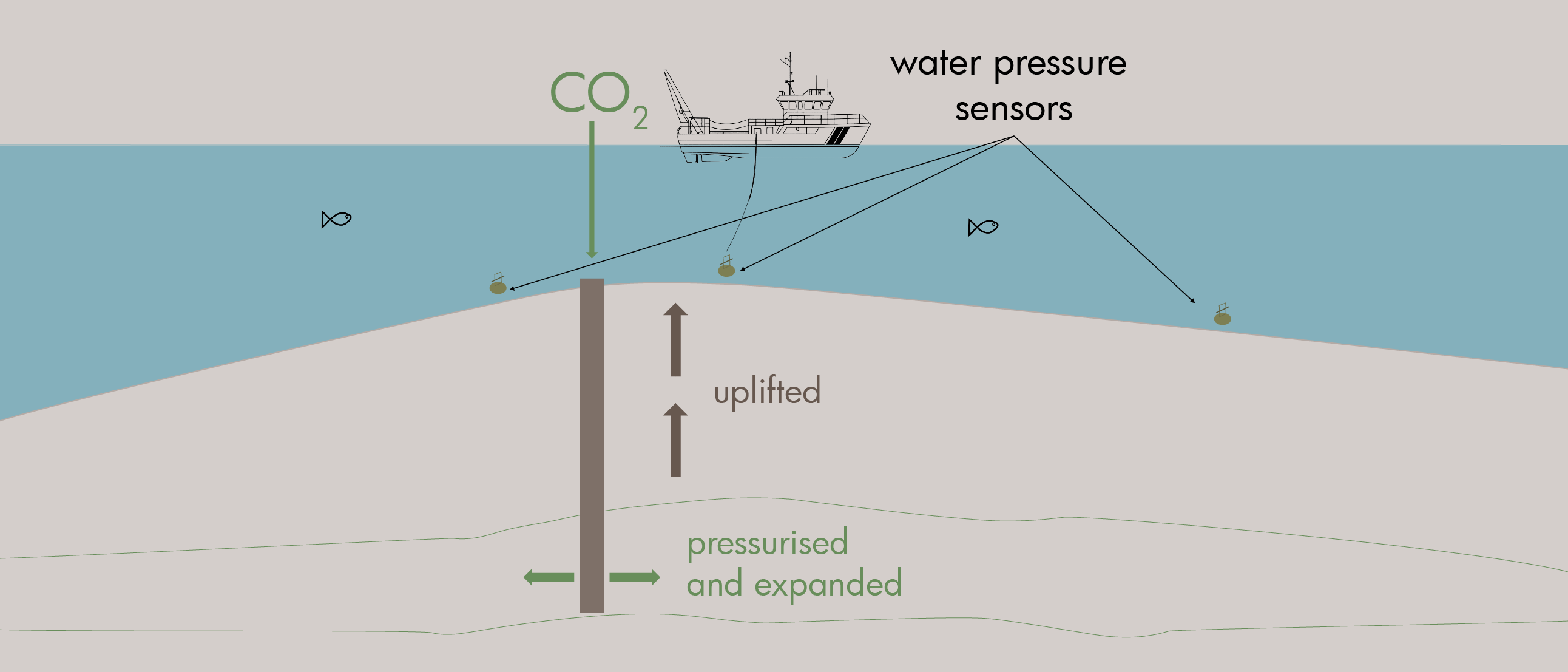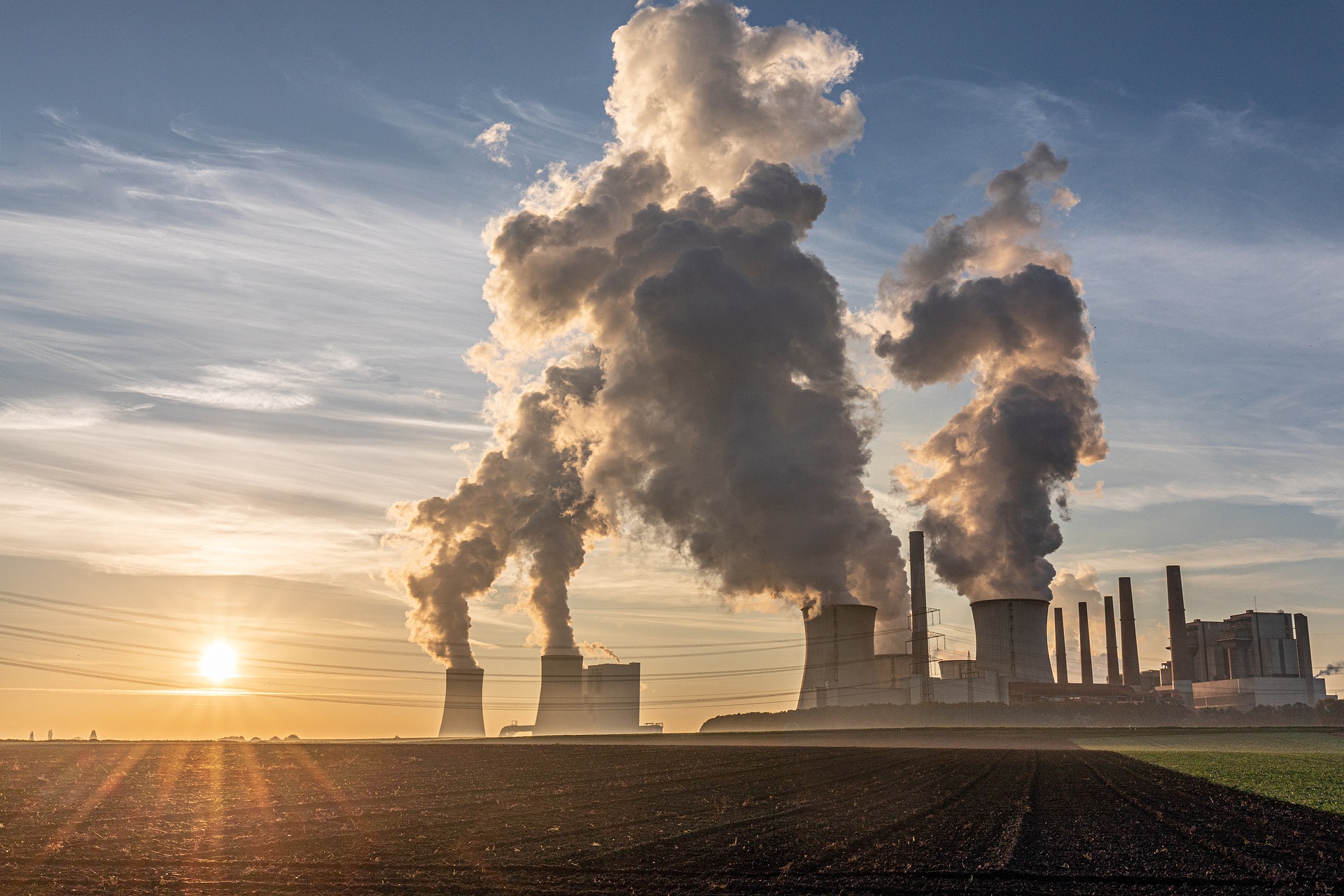Carbon Capture and Storage (CCS) can be used to reduce emissions, but can oil and gas save the future of CCS in Europe?
Overview of geological storage options for CO2. Image source: IEA Greenhouse Gas R&D Programme
In the last decade, European leaders have faced a balance of payments shortfall from falling fossil fuel revenues and rising costs of new nuclear solutions. During this time, prices of carbon dioxide (CO2) experienced uncertainty both as a tax liability and as a potentially tradeable commodity known as European Union Allowances (EUAs). However, taxation of CO2 emissions from all industries, not just the fossil fuel industry, may fill the gap in the future.
Using CO2 for enhanced oil and gas recovery (EOR/EGR) begins to put a value on the commodity, so the relatively new European carbon credit market is something all oil executives should keep an eye on, just as much as the oil price. However, CO2 can only transition from being solely a liability for emitters and into an asset for an emerging carbon capture and storage (CCS) industry as part of the value chain in EOR/EGR if costs reduce dramatically, or if product prices rise. So, what is going to happen to CCS and carbon prices now?
Carbon Credits and Carbon Tax
Carbon pricing has been as volatile as oil prices over the last decade and still contains significant uncertainty. It is a commodity but not traded as widely or in the volume that oil is traded, as it is treated with scepticism by many.
One metric tonne (2,205 lb) of carbon dioxide gas occupies 534.8 m3 (117,631 US gallons). It would fill a cube 8.12m high (26’ 8”) or a sphere 10.07m (33ft) across. 1 million tonnes in weight of carbon dioxide is approximately equivalent to a volume of 19 Bcfg. Image source: www.carbonvisuals.com
Nevertheless, since it is traded, evidence suggests prices will grow, either through free market forces or government intervention to tackle world emissions targets. Some would say that the introduction of a carbon floor price in the UK of £18 ($25) per tonne/CO2 (approximately £1 per 1,000 cfg), which is well above the European carbon price, was the start of serious carbon taxation and revenue generation for the UK Treasury, since approximately £2.2 billion ($3.1 billion) is expected to be raised in taxation between 2017 and 2018 from the Climate Change Levy.
One way for finance ministers to maximise their revenue may be through the integration of carbon taxation as fossil fuel volumes decline. The astute among us will recognise that when the volume of emissions declines, any linked carbon tax will also decline. Therefore, it should be noted that the careful introduction of carbon capture or carbon capture and storage schemes, allied with carbon credits, may enable countries to have a new carbon capture industry effectively subsidised by the fossil fuel industry, which will be looking to delay or avoid field decommissioning costs or improve hydrocarbon recovery.
The Growth of Carbon Capture & Storage (CSS)
In 2017, Richard Owen, ExxonMobil Australia Chairman, told a conference that organisations which claimed gas is a transitional fuel overstate the capacity of renewable energy and underestimate the future role of fossil fuels.
“We often hear of gas as a transitional fuel and a bridge between coal and renewables, but we also know that everyone’s forecast is that gas continues to grow.”
Richard Owen, ExxonMobil Australia Chairman, 2017.
However, whether gas is transitional or not, CCS might just be needed as a new transitional industry in many countries to take us from the emissions levels the world is at now, to a time when energy can be stored in adequate quantities and emission technology has advanced to the point when coal and oil are as clean as gas.
Many European countries have seen the closure of coal-fired power stations, the reduction in the rate of growth of offshore wind and ballooning costs of new nuclear. Electricity tends to grab the headlines, but actually gas provides double the amount of energy that electricity does in Britain every single year. Like many European countries, the UK is now reliant on imported gas to meet its energy needs.
“… gas is a really critical part of our security of energy supplies… in the absence of some fairly robust policy drivers from [government] either at the national or the local level, we can anticipate that people will still be relying on [it for] heating in their homes. So, it’s a really important factor for us to think about, with security of supply.”
Nicola Pitts, Head of Gas Market Change at National Grid.
The Future of Carbon Capture & Storage (CCS)
All countries face an energy trilemma, simultaneously satisfying three imperatives:
affordability,
volume of supply,
and security of supply.
Typical cost elements associated with CSS. Image source: CCP Phase 1, MIT.
Decarbonisation should be part of this formula but satisfying the current balance of three imperatives is complex enough without adding a fourth parameter.
Affordable new-build houses are not energy self-sufficient and many parts of Europe are full of housing built without much heat insulation or powered air conditioning, so energy will continue to be needed to both cool and heat homes. Renewables cannot replace the hydrocarbons used as feed stocks for our petrochemical and plastics industries, which manufacture a wide range of products such as medical equipment and computers. Even products used in renewables, such as the polycarbonate on solar cells and about 40% of all turbine blades in wind farms, are made from oil-derived products.
Problems with the Carbon Credit Scheme
For CCS to work financially, one extremely important issue which needs to be solved is the carbon credit scheme. Currently, the European Union emissions funding scheme awards carbon credits to each country and each country in turn allocates them to industries.
The flaw is that too many credits exist in the system, which means that high CO2 emitters like hydrocarbon processing or cement plants may never run out of credits. This would seem to have a negative effect on national economies. These emitters do not need to buy credits to offset their emissions and therefore there is little penalty paid or revenue received by finance ministers for emissions not covered by carbon credits.
The European Union’s Emissions Trading System
Potential supply of CERs until 2020. Image source: World Bank Group, Washington DC, 2016.
The European Union’s Emissions Trading System was intended to reduce CO2 emissions by setting a market price. The system, designed to cover three time periods, requires polluters to acquire credits to offset their emissions but oversupply of credits combined with lower demand because of weak economies is an issue. It has driven down the value of the carbon market and resulted in poor economics for CCS projects.
Europe’s carbon market was set up to regulate greenhouse gases by trading emissions permits but is struggling to stay credible. Despite the obvious trouble in the market and glut of European Union Allowance credits and Certified Emissions Reductions (CERs), the European parliament voted down the proposed reduction in the number of credits in 2013 – and prices dropped 50% in five minutes. Consequently, declining value in the market has sapped liquidity and added too much uncertainty to CCS projects.
So, How will Emissions Taxation Affect the Oil & Gas Industry?
European Union Allowance (EUA) for carbon prices (Euros/tonne). Each EUA represents one tonne of CO2 that the holder is allowed to emit. Allowance units are freely allocated or auctioned to members of the EU Emissions Trading Scheme and can then be sold or purchased through the carbon market.
The fundamental driver of CCS has been the cost/price difference between two factors: the relatively high costs to implement a scheme and the relatively low costs of emitting the carbon. Current economics suggest that a carbon price well above €30/tonne (without grants, tax breaks or subsidies) is required to make CCS projects viable with current cost estimates. However, the price is a result of an artificial construct – the EUA. This is one of the key reasons why carbon pricing is treated with some scepticism since a change of government can also change taxation policy, as it has done twice in the case of Australia. Therefore, CCS in Europe has no foreseeable future if the European Parliament continues to make the same decisions on issuing EUAs as it did in 2013.
However, if the leading economies in the European Union can divorce themselves from EUAs then they will be able to restore some control over revenue from CO2 taxation. The carbon market may then start to show some signs of stability and CCS may resurface as an economically viable alternative to buying EUAs or paying emissions tax.
This future scenario is not without some foundation, since the UK published a CO2 target price in 2010 of £75/tonne ($105/tonne) by 2030, in response to the European Union’s climate change target of reducing emissions by 40% compared to 2005 levels by 2030. The floor price was later capped at £18 ($25) per tonne of CO2, to keep UK industry competitive, but although the target trajectory of £75/tonne is unlikely to be met, there is political desire to reach the 2030 emissions target and carbon floor pricing is one of the methods to achieve this.
Therefore, it is fair to conclude that emissions taxation will help keep the oil and gas industry alive.
You may also like to read these similar articles from GEO ExPro…
Do we need CSS?
Professor Jon Gluyas explains the concept and importance of carbon capture and storage.
Greenhouse Gas Reduction Technology
How can oil and gas contribute to the future of CSS and help meet reduction targets?
References:
State and Trends of Carbon Pricing, World Bank Group, Washington DC, 2016.
Certified Emission Reductions (CERs) are a type of emissions unit (or carbon credits) issued by the Clean Development Mechanism (CDM) Executive Board for emission reductions achieved by CDM projects and verified by a DOE (Designated Operational Entity) under the rules of the Kyoto Protocol.
New York Times, Energy & Environment, Europe’s carbon market is sputtering as prices dive, 21 April 2013.





